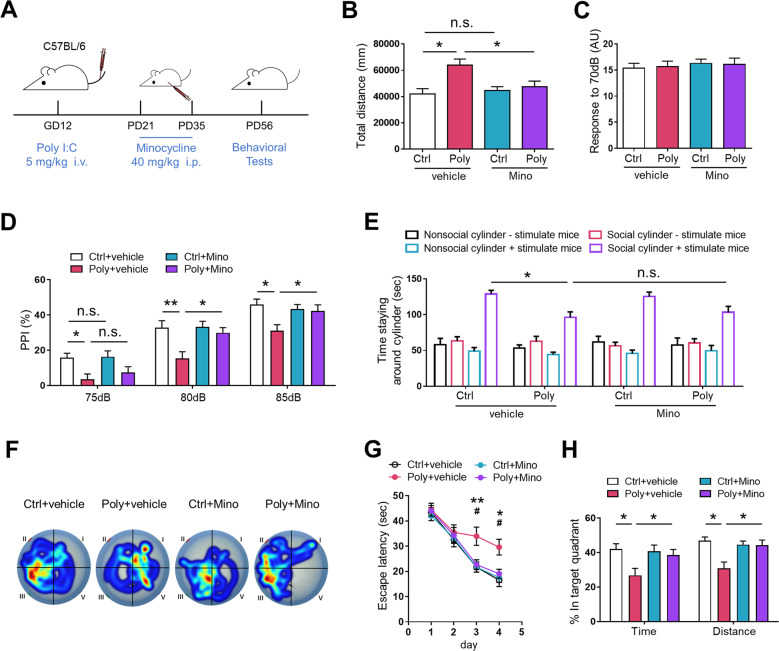Fig. 1. Minocycline administration ameliorates schizophrenia-like behavior of adult offspring exposed to MIA.
a Diagram of poly (I:C) insult, minocycline administration and behavior test for wild-type mice. b Travel distance in the open field was increased in Poly+vehicle offspring, compared to Ctrl+vehicle offspring, and recovered after minocycline treatment. n = 11 mice per group; F3, 40 = 3.008, P < 0.05, one-way ANOVA. c Similar response to 70 dB background noise between the three groups. n = 11 per group; F3, 40 = 0.942, P > 0.05, one-way ANOVA. d PPI was impaired in Poly+vehicle offspring compared with Ctrl+vehicle offspring and ameliorated in Poly+Mino offspring. n = 11 mcie per group. Group: F3, 40 = 5.437, P < 0.05; Prepulse intensity: F2, 80 = 23.82, P < 0.001; Group × prepulse intensity: F6, 80 = 1.073, P > 0.05, two-way ANOVA with repeated measures. e Poly+vehicle offspring spent less time around social cylinder with stimulus mouse relative to Ctrl+vehicle offspring, however, the interaction time was failed to improve after minocycline treatment. n = 11 mice per group; F3, 40 = 0.374, P > 0.05, one-way ANOVA. f Representative moving tracks in the Morris task. g Increased escape latency for Poly+vehicle group to locate the hidden platform, compared to Ctrl+vehicle offspring, while decreased in Poly+Mino offspring. n = 11 mice per group. Group: F3, 40 = 9.374, p < 0.05; Day: F3, 120 = 17.442, p < 0.001; Group × day: F9, 120 = 1.694, p > 0.05, two-way ANOVA with repeated measures. h In the probe trial, data are presented as percent time and percent distance in the platform quadrant. n = 11 mice per group; F3, 40 = 4.940, P < 0.05, one-way ANOVA. For g *p < 0.05, **p < 0.01 for Poly+vehicle offspring vs. Ctrl+vehicle offspring; #p < 0.05 for Poly+Mino offspring vs. Poly+vehicle offspring. Values are the mean ± SEM. *p < 0.05, **p < 0.01, n.s., not significant.

